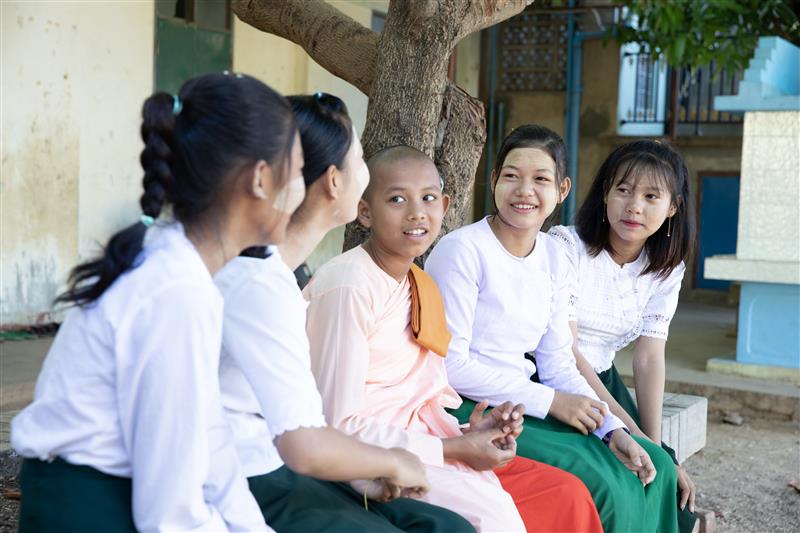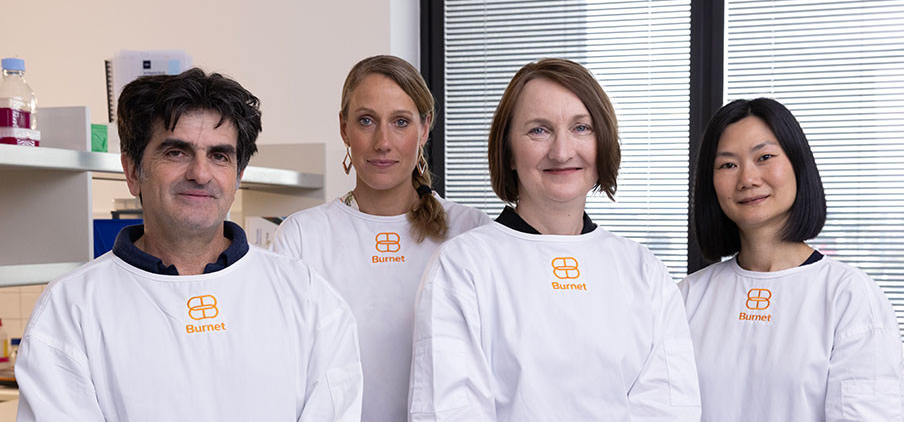
Serological surveillance to identify mosquito exposure and malaria transmission
Significant advances in the surveillance, prevention and treatment of malaria are required to accelerate malaria elimination. In the Asia Pacific, this challenge is confounded by the highly heterogenous epidemiology of malaria in the region, the lack of sensitive surveillance tools capable of capturing the diversity of Plasmodium and Anopheles species, as well as low density or asymptomatic infections that are not detected by routine surveillance and current diagnostic tests.
Objective
This project aims to use serological assays to detect exposure to Anopheles’ salivary and malaria parasite antigens and design a serosurveillance tool for malaria exposure.
Timeline
2019–2025.
Approach
This approach will be used as an epidemiological tool to explore heterogeneity in rates of malaria transmission, identifying residual transmission “hot spots” and “hot pops” that can assess the effectiveness of vector control measures and guide appropriate malaria control interventions.
Community impact
Serological surveillance of vectors and parasites is one approach that can improve the surveillance of malaria in the Asia Pacific and contributed to progress towards the goal of malaria elimination by 2030.
Partners
Funding partners
- National Health and Medical Research Council
Collaborators
- Shoklo Malaria Research Unit, Thailand
- The University of Melbourne, Australia
- Deakin University, Australia
Project contacts

Professor Freya J.I. Fowkes
Deputy Program Director, Women’s, Children’s and Adolescents’ Health; Head, Malaria and Infectious Disease Epidemiology
Project team

Professor Freya J.I. Fowkes
Deputy Program Director, Women’s, Children’s and Adolescents’ Health; Head, Malaria and Infectious Disease Epidemiology

Dr Daniela da Silva Goncalves
Laboratory Manager




